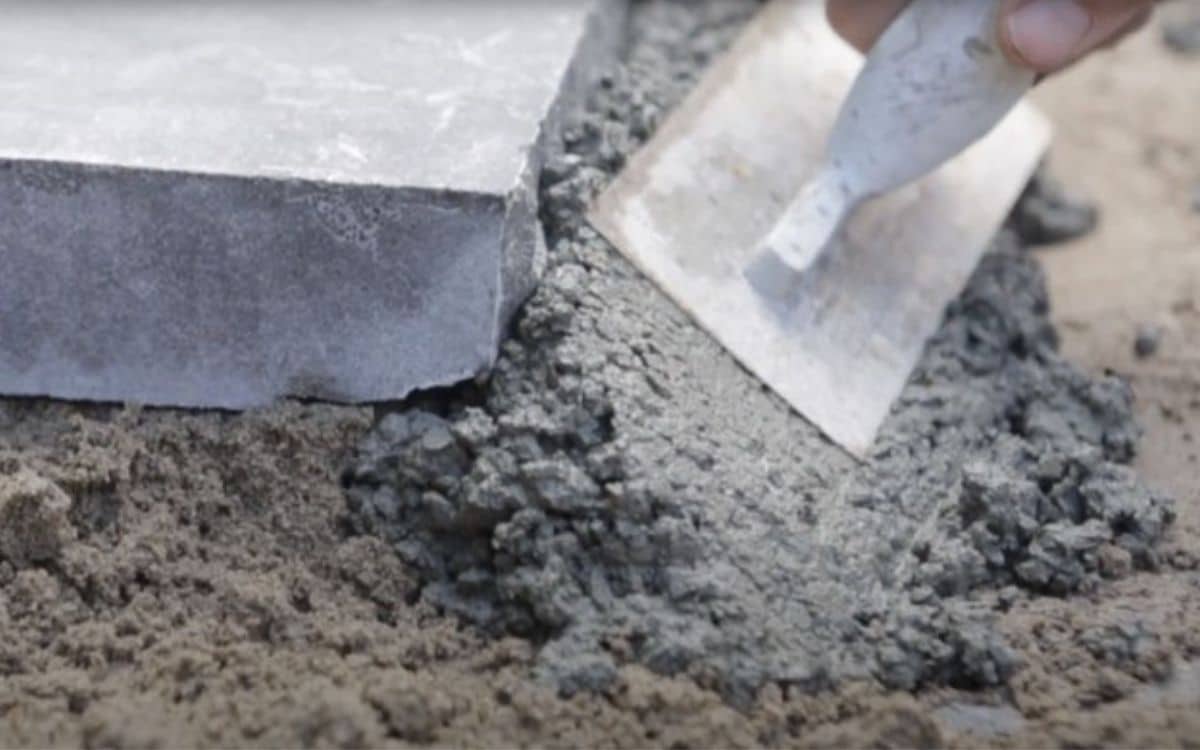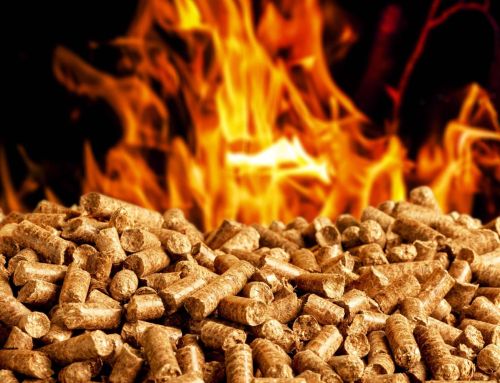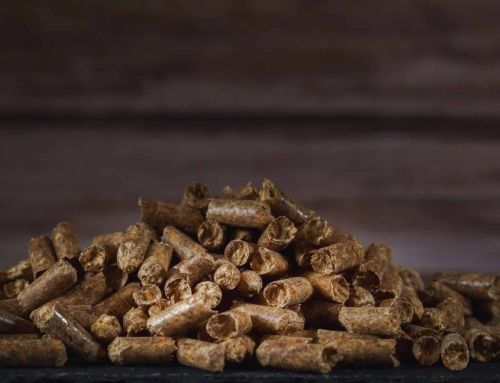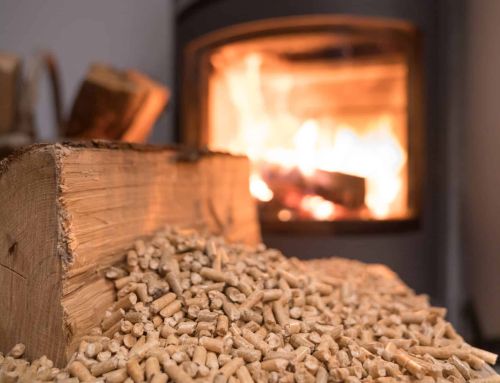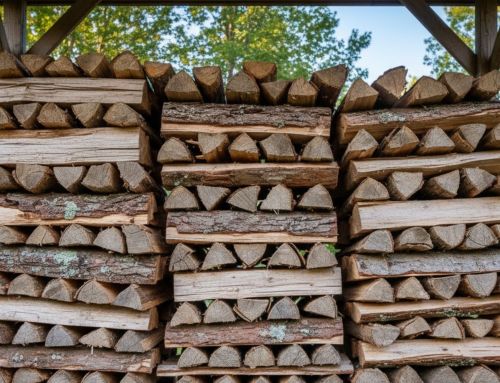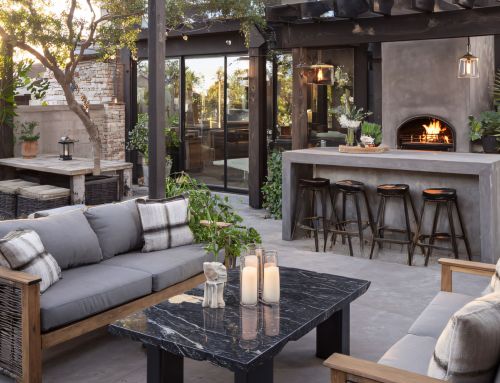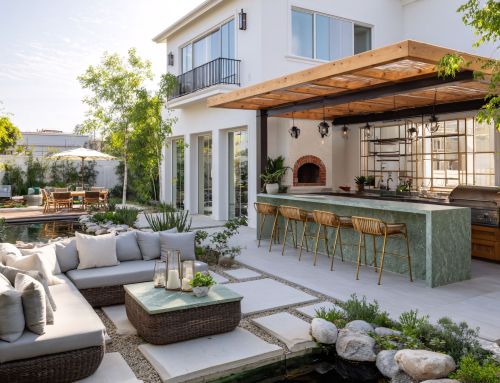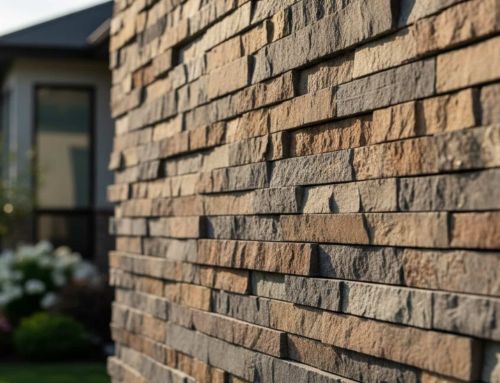You’ve invested time, effort, and care into creating a beautiful garden, only to watch flimsy plastic edging crack, shift, and allow weeds to creep into your flower beds. It’s a frustrating problem that can take away from even the most thoughtfully designed yard. Fortunately, there’s a simple upgrade that can dramatically improve both form and function: edging & curbing.
Often overlooked, this element plays a key role in creating clean lines, keeping mulch in place, and giving your landscape a polished, professional look. Whether you want to enhance curb appeal, define walkways, or prevent grass from invading your garden beds, the right border solution can transform the entire appearance of your outdoor space.
What is Landscape Edging & Curbing?
Landscape curbing serves as the defining element that creates clear boundaries between different areas of your yard while preventing unwanted grass migration. Think of it as the frame around a beautiful painting – without it, even the most stunning landscape can appear unfinished.
Traditional edging materials have included wood, plastic strips, metal barriers, and brick installations. Each option has served homeowners for decades, but they all share common weaknesses:
- Wood edging succumbs to rot, insect damage, and warping
- Plastic edging becomes brittle and looks cheap over time
- Metal edging rusts and corrodes in moisture-rich environments
- Brick edging shifts and requires extensive labor for installation
Concrete landscape solutions represent a major advancement in both durability and design flexibility. Modern concrete curbing systems combine the permanence of masonry with extensive customization options.
The key difference with concrete curbing lies in its continuous installation. Rather than individual pieces connected together, concrete borders are created through an extrusion process that produces one uninterrupted barrier without gaps where weeds can establish themselves.
Why Choose Concrete Curbing?
Concrete curbing offers superior advantages that make it the preferred choice for discerning homeowners:
Durability
Concrete curbing is built for long-term durability, handling over 3000 PSI of pressure and standing up to harsh weather conditions, including freeze-thaw cycles. Unlike wood, metal, or plastic, it won’t rot, rust, or crack over time, making it a reliable, low-maintenance solution that retains its structural integrity for decades.
Design Flexibility
Modern concrete systems offer extensive customization options:
- Color matching to complement your home’s exterior
- Textured patterns, including wood grain, stone, and brick appearances
- Custom curves that follow your landscape’s natural contours
- Various widths to suit different applications
Maintenance Benefits
Concrete curbing offers a mower-friendly edge that simplifies lawn care, while its continuous design blocks weed growth and keeps mulch securely in place. With minimal maintenance required compared to wood, metal, or plastic options, it’s a practical and polished solution for long-term landscape management.
The Professional Installation Process
Installing concrete curbing requires specialized equipment and expertise. Here’s what the process involves:
Ground Preparation
Professional installation begins with thorough ground preparation. Contractors use a sod cutter to create a precise 9-inch wide strip where the curbing will be installed. This step is extremely important for ensuring proper alignment and longevity.
Concrete Mixing and Application
Professional concrete curbing begins with a blend of portland cement, aggregates, and fiber reinforcement, mixed fresh on-site using a mobile concrete mixer. The material is then extruded into a continuous, joint-free border, which installers shape and finish using specialized tools to achieve the desired texture and appearance.
Control Joints and Finishing
Control joints are cut every 12-18 inches to manage expansion and contraction. These strategic cuts prevent random cracking while maintaining the border’s structural integrity. The finishing process includes smoothing, texturing, and applying any decorative patterns.
Applications for Every Outdoor Space
Landscape edging serves multiple purposes throughout your property:
- Flower Beds and Gardens: Create defined planting areas that showcase your gardens while containing mulch and preventing grass encroachment. The clean lines enhance the visual impact of your plantings.
- Driveways and Walkways: Border your driveways with durable concrete curbing that withstands vehicle traffic while providing a clear definition between paved and planted areas.
- Lawn Separation: Separate different areas of your lawn or yard to create distinct zones for various activities or plant types.
- Tree Rings: Protect tree roots while creating attractive circular borders that eliminate the need for trimming around tree bases.
Maintenance and Longevity
One of the biggest advantages of concrete curbing is its low maintenance. Unlike wood that needs staining or metal that requires rust prevention, concrete borders hold up with minimal effort.
Routine care is simple: occasional cleaning with water and mild detergent, resealing every 3 to 5 years to preserve color, and checking for minor settling or cracks. Most professional installations also come with warranties, giving you added peace of mind.
Cost Considerations and Value
While concrete curbing does come with a higher initial cost compared to plastic or wood alternatives, the long-term benefits make it a worthwhile investment. Upfront expenses typically include materials, professional labor, site preparation, and any custom design features such as color or texture. These added details contribute to both the durability and the aesthetic value of your landscape.
Over the years, concrete curbing offers significant savings by eliminating the need for frequent replacements and reducing ongoing landscape maintenance. It also enhances curb appeal and can increase overall property value. For most homeowners, the investment pays off within five to seven years through lower upkeep costs and improved outdoor functionality.
Choosing the Right Style
Modern concrete curbing offers numerous style options to complement any home:
- Natural stone appearance: Mimics the look of fieldstone or flagstone for a classic, timeless feel.
- Wood grain texture: Ideal for rustic or traditional homes, offering a natural, organic finish.
- Smooth finish: Clean and modern, perfect for contemporary architectural styles.
- Decorative stamps: Add subtle visual interest and detail without overpowering the landscape design.
The key is selecting a style that enhances rather than competes with your existing landscape elements.
Transform Your Landscape Today
Edging & curbing may seem like a small detail, but it has a major impact on the look, function, and longevity of your landscape. From clean lines and mulch control to long-term durability and curb appeal, high-quality concrete borders offer a smart upgrade over outdated materials. Whether you’re refining a garden bed or outlining a driveway, investing in the right edging solution can tie your entire outdoor design together—and help it stand the test of time.
Ready to upgrade your outdoor space with long-lasting concrete edging? Visit Old Station Outdoor & Landscape Supply in Norton, MA, for expert advice, premium materials, and all the tools you need to get the job done right. Our team can help you choose the perfect curbing style to match your landscape vision. Stop by or contact us today to start building cleaner, stronger borders for your yard.
FAQs
What is curb edging?
Curb edging is a permanent border system, typically made of concrete, that creates defined boundaries between different areas of your landscape, like lawns, flower beds, and driveways. It forms a continuous barrier that prevents grass from spreading into planted areas while containing mulch and decorative materials.
What is the difference between edging and trimming?
Edging refers to installing physical barriers or borders to separate different landscape areas, while trimming is the act of cutting grass or plants along existing edges. Edging creates the boundary, trimming maintains the clean appearance along that boundary.
What are the purposes of edging?
Edging serves to define landscape areas, prevent grass and weeds from invading flower beds, contain mulch and decorative stones, enhance curb appeal, and reduce maintenance by creating clean, mowable borders. It also provides structure and organization to your outdoor space.
What is edging concrete?
Edging concrete is a specialized concrete mixture used to create permanent landscape borders through an extrusion process. It’s typically mixed on-site and formed into continuous curbing without joints, often reinforced with fibers and available in various colors and textures to match your landscape design.

